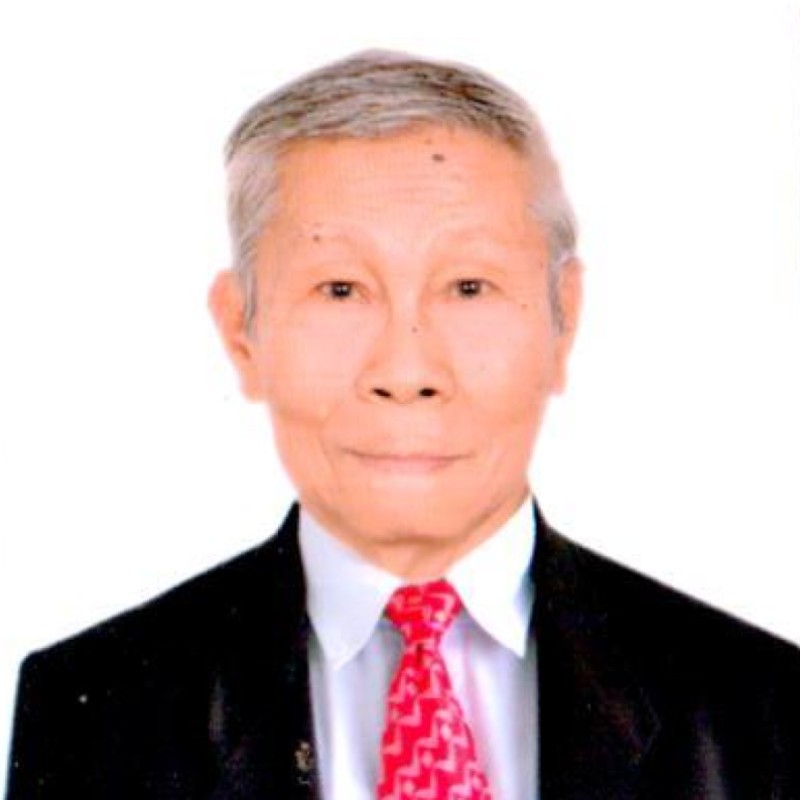GLIMPSES & GAZES
By Severino C. Samonte
The importance of infrastructure in PH's economic development
Share
Anticipating the importance that President Ferdinand R. Marcos Jr. was expected to give to infrastructure development in the country in his second State of the Nation Address (SONA), I retrieved from my filing cabinet two weeks ago an old book containing some of the speeches of the late President Ferdinand E. Marcos Sr., better known by his initials FM.
My primary purpose was to read again a 1971 speech by FM, the 10th president of the Philippines, about the country's economic problems, including the lack of vital infrastructure facilities he encountered in his first term in Malacañang from Dec. 30, 1965 to 1969.
Another purpose I wanted to reread the book was to find out how the elder Marcos considered the importance of infrastructure such as roads, bridges, ports, irrigation and drinking water systems, schools, hospitals, transportation and other public facilities in the economic development of the country which suffered heavy destruction during World War II.
Although my files were quite disarranged, I did not have difficulty in locating the book, which was published in 1978 and represented the third volume of the presidential speeches prepared and compiled by the former Malacañang Press Office from 1965 to early 1972 and then by the Department of Public Information (DPI) since the last half of that year.
The texts of the presidential speeches were based on official transcripts, including those delivered extemporaneously. Volume III comprised the Chief Executive's speeches from Feb. 15, 1970 to Dec. 21, 1971.
More or less, I found what I wanted to know on pages 368-380 of the book, in a speech delivered by FM before the officers and members of the Rotary Club of Manila on June 10, 1971.
Following are quotations and excerpts from the highlights of the speech titled "The Republic Stands" as it was delivered just two days before the celebration of the June 12 Philippine Independence Day anniversary:
"Let me remind you that in 1965, in December, as soon as I knew that I was elected, and after I was proclaimed President, I called on the assistance of experts from all over the world. We called in the sociologists, the scientists, everyone who had anything to do with development, economic, social and political, and they all came here quietly.
"I organized a group and from the 1st of December up to the 30th of December, we did nothing but sit down and find out what could be done to improve the country. I asked: What is the difference between a progressive country and a non-progressive country? What are the things lacking and what are the deficiencies in a developing country which can be remedied, and which are within the control of the government and a private sector bound together in unity?
"Surprisingly, the first answer was a road system. There is no progressive country, according to these experts, without a good road system because roads are the arteries of the country.
"And second, they said: There is no progressive country, there is no developed country without a good educational system, which starts from the primary grades, a system which must prepare not only the succeeding generation but the other generations to come."
FM narrated in the book that his discussions with the foreign experts also covered slow industrial development and inadequate housing and agricultural production, including rice.
Guided by the results of such consultation, he said he decided to undertake a massive infrastructure building of roads, bridges, ports, airports, schools, hospitals, irrigation and water systems, and power plants in the country during his term.
Among the most significant infrastructure projects undertaken were the Philippines-Japan Friendship Highway, the San Juanico Bridge across Samar and Leyte, the Pantabangan Irrigation Dam in Nueva Ecija and the Magat Dam in Isabela.
The first Light Rail Transit Authority (LRTA) line was also inaugurated between Baclaran in Parañaque and Bonifacio Monument in Grace Park, Caloocan City during FM's term.
In Quezon City, the construction of the Batasang Pambansa was completed and the Commonwealth Avenue leading to it was widened and extended to Novaliches. It was also during the elder Marcos' time that water service was enjoyed by the people of Novaliches from the La Mesa Dam located right in the area.
Also built in Quezon City were the Philippine Heart Center, National Kidney and Transplant Institute, and Philippine Children's Medical Center, among others.
The Philippine International Convention Center (PICC) and the Cultural Center of the Philippines (CCP) in Manila or Pasay City were also born during FM's incumbency.
After listening to President Marcos Jr.'s second SONA last July 24, I was very glad that he gave ample attention to the construction and development of more infrastructure facilities across the country as part of the “Build Better More” (BBM) Program currently in progress and vigorously implemented with the emergence of the "Bagong Pilipinas" or New Philippines.
Comments
About the Columnist

He began his journalistic career by contributing to the Liwayway and Bulaklak magazines in the 1960’s. He was the night editor of the Philippine News Service when Martial Law was declared in September 1972. When the Philippine News Agency was organized in March 1973, he was named national news editor because of his news wire service experience.
He retired as executive news editor in 2003. He also served as executive editor of the Malacanang-based Presidential News Desk from 1993 to 1996 and from 2005 to 2008.
